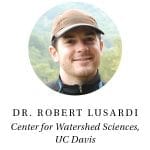Field Note: Wonder in the Water with Trout in the Classroom
A Field Note from Lake Merced, San Francisco
by Rachel McDermod, CalTrout Bay Area Outreach and Engagement Coordinator
April 2025
For nature lovers like me, exploration is the key to daily bouts of fulfillment and joy: stooping to admire an ant stomping to its next destination, losing yourself in constellations while stargazing, or combing a beach for beautifully crafted shells. As an adult, my appreciation for nature extends beyond just the beauty as I more deeply understand it through an ecological lens. But as a child, my appreciation for nature was purely based on wonder, whimsy, and curiosity. In the past few years, I’ve been on a personal journey to add these characteristics into my daily life more intentionally. Spending time in nature is an easy way to accomplish this if I invite my inner child along. Fortunately, part of my job at CalTrout allows me to be outdoors with kids, who are a hoot to spend time in nature with. Experiencing the wonderful and wacky workings of the natural world alongside children offers a potent dose of wonder and joy that makes time outside more fulfilling and hopeful. CalTrout’s participation in the Trout in the Classroom program is one of my favorite annual events that I get to work on, allowing me to enjoy the wonder of fish with classrooms full of excited students.
Each Spring, CalTrout works as a sponsoring organization for the California Department of Fish and Wildlife’s (CDFW) program Trout in the Classroom, where we support teachers with setting up and maintaining classroom tanks full of baby trout. Students get to witness the beginning of these fish’s lives from egg to fry, helping to care for them in their tank and learning about their lifecycles and habitats through classroom activities and curriculum. When the fish reach the fry stage, each class takes a trip to Lake Merced in San Francisco to release the little trout into their new home. In just six weeks, students experience the hands-on joy of stewardship. They feel deeply connected to their classroom fish, and through the program, learn the value of protecting what they love. It’s incredible to see how impactful the program is in such a short time.
This year, my colleagues and I visited Lake Merced three different times to help out with our sponsored teachers' highly anticipated release day field trips. We assisted with putting the fry into cups for the students to release into the water individually or in pairs. Many students named their trout, showing their attachment and admiration for the little animals. One pair of trout were named “Tom and Jeffy” and when asked if this was a reference to Tom and Jerry, I was very sternly told no. Goodbyes and well wishes were given as the trout left the familiarity of the classroom tanks and swam into the great unknown of Lake Merced. In addition to supporting the release of trout, we helped out with trout-themed crafts and games that allowed the students to recall and show off their life cycle knowledge they learned in class.
The release days are always my favorite part of the Trout in the Classroom program. Watching thejoy and excitement on the kids’ faces is a reminder of my own childhood in nature, a reminder of why I do this work. Salmonid life cycles represent all that is amazing about nature, and what better way to bring back my own whimsy, then getting to relive my childhood with the next generation of conservationists.
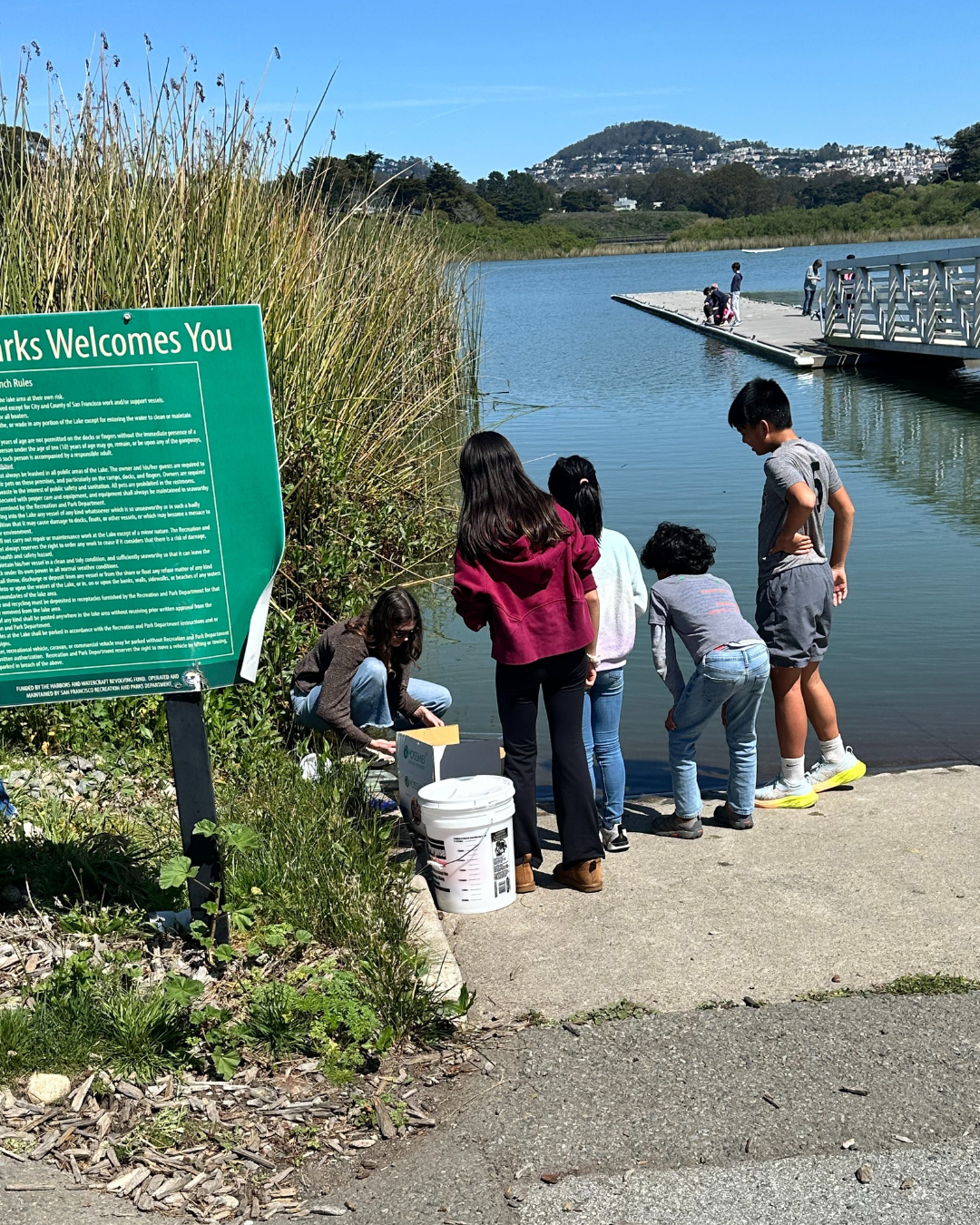
This year, CalTrout sponsored three schools and over 200 students with this program. This means that hundreds of students got to be a part of raising trout and learning about their important role in California's ecosystems. It’s experiences like these that have guided my own path in the world, and I trust that these experiences will always hold meaning for the students. Our teachers have all been doing this program for multiple years -- with some participating for over a decade -- and each year they tell me how much fun their students have raising these trout, and how well itbrings to live the idea of life cycles and food webs.
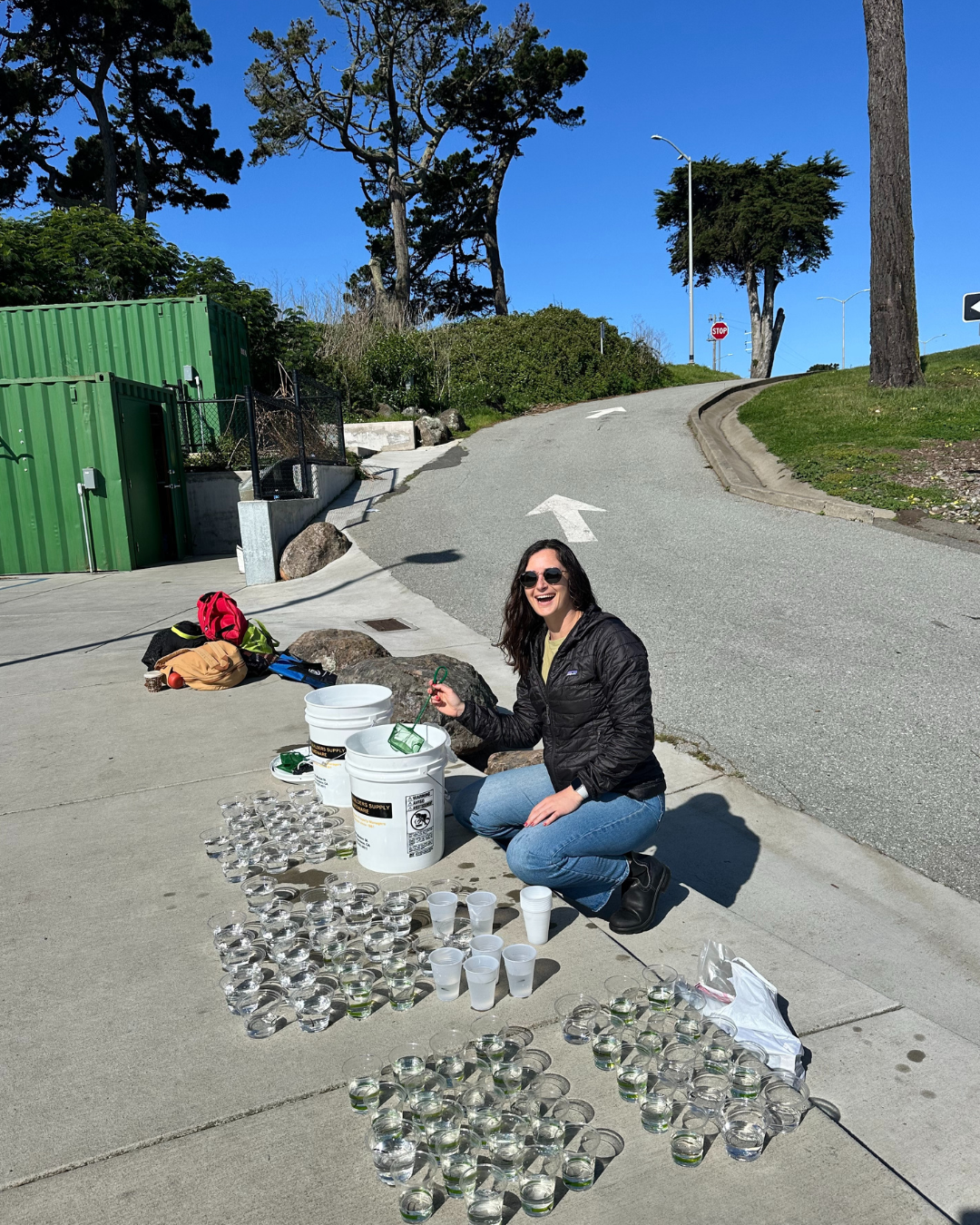
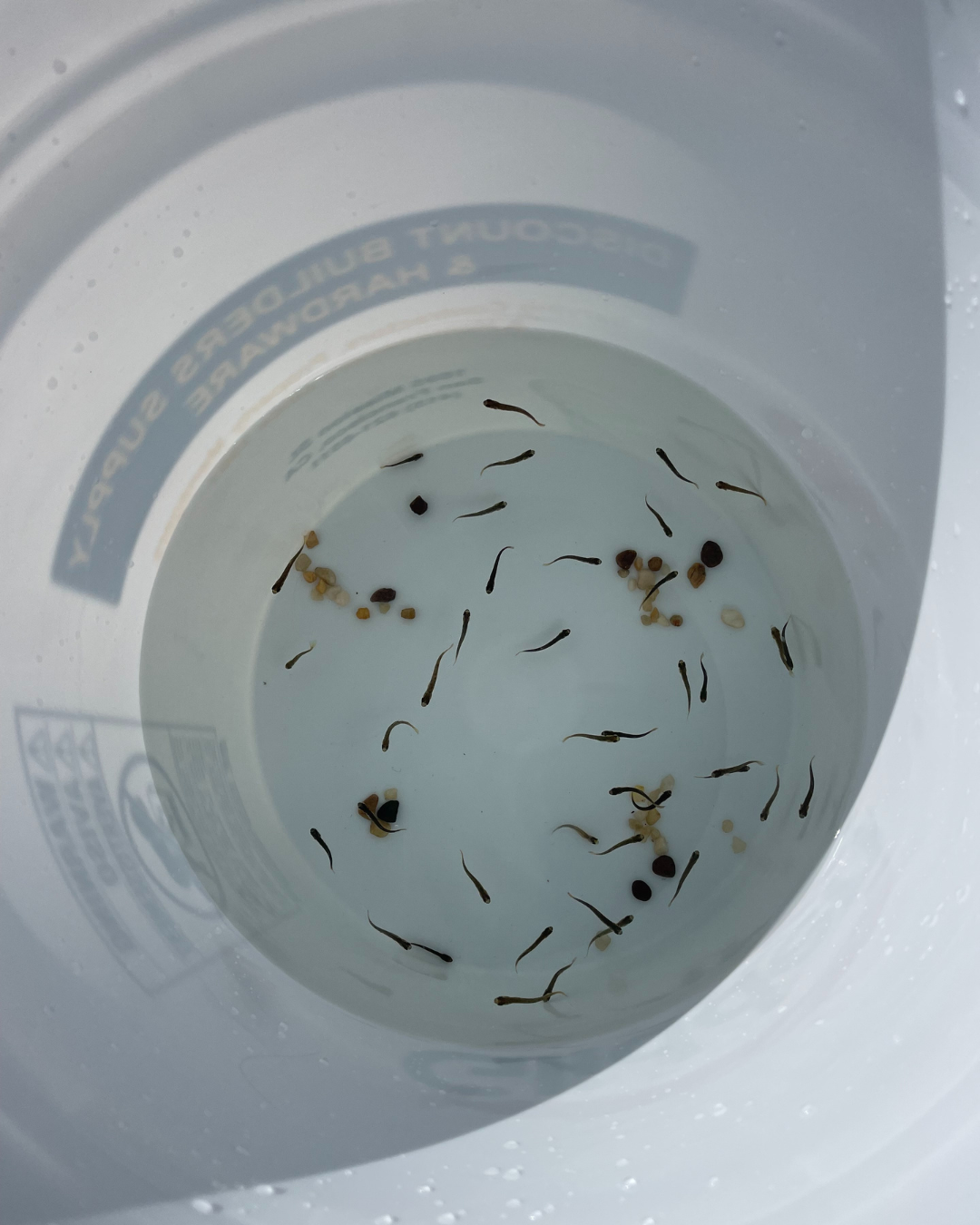
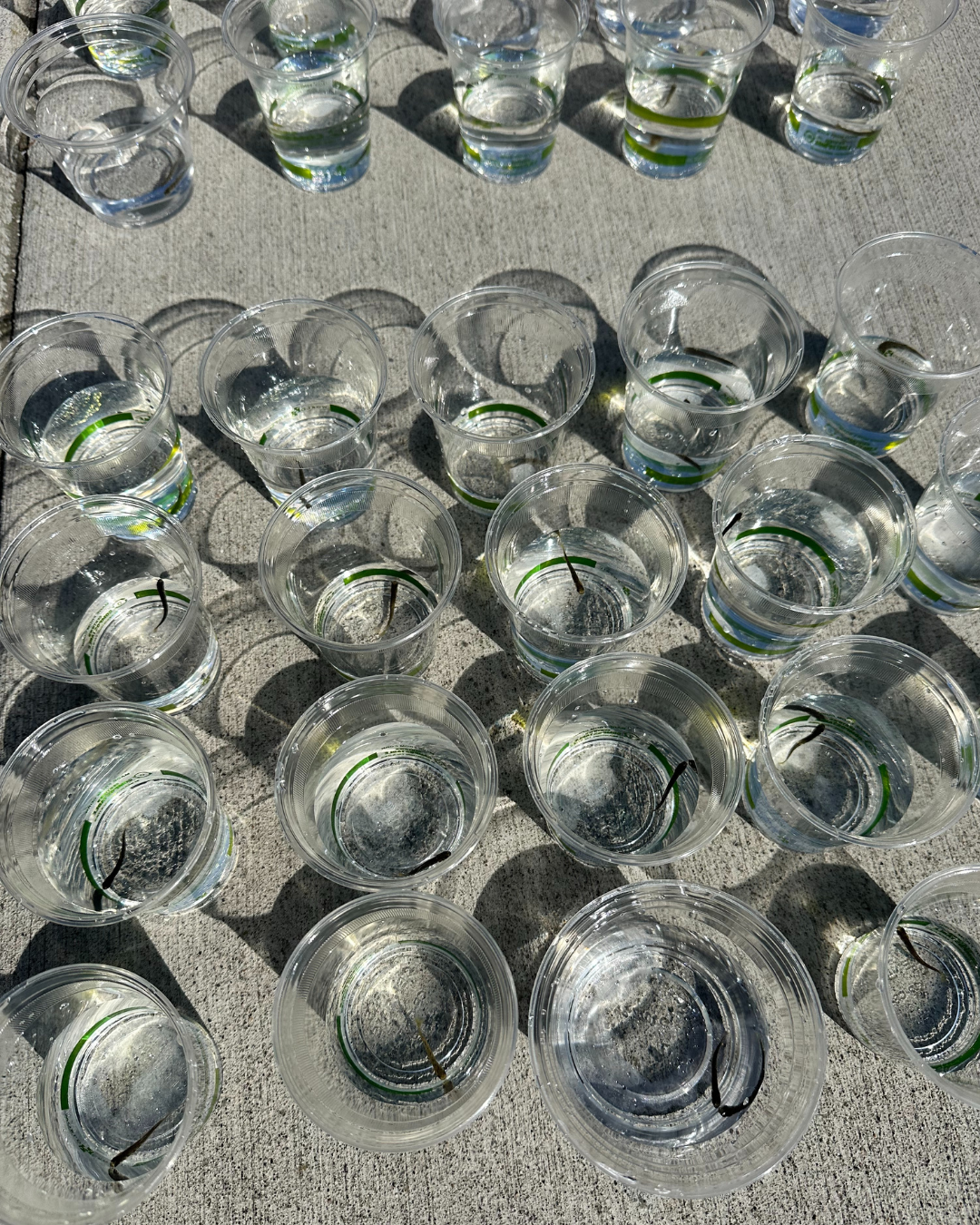
Trout in the Classroom may be a short program done just once a year, but the impacts ripple out in numerous ways. The students gain lasting knowledge of California salmonids, the teachers get to demonstrate stewardship of the natural world to their students year after year, and CalTrout staff get to join in the fun – all while appreciating the whimsy and wonder of nature alongside children, reinvigorating our passion and love for California’s wild spaces.




